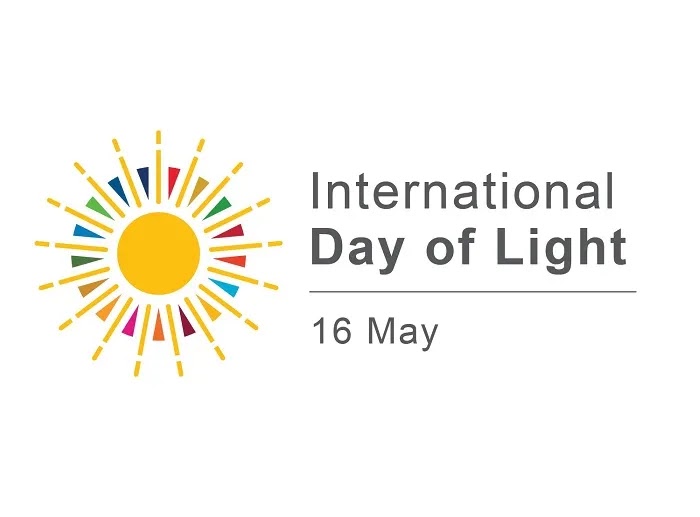Atascadero High School offers various classes that students can choose from to succeed in the path they wish to follow in the future; particular classes worth considering when it comes to college preparation are our school’s Dual Enrollment and AP classes. Both kinds of classes are pretty similar, but they can be very different at the same time, and it’s worth noting what each entails before taking them in order for you to succeed in the way that’s best desirable for you.
Cuesta College offers two Dual Enrollment programs for high school students: the High School Enrichment Program and CCAP Program. Dual Enrollment classes at our school primarily fall into the CCAP Program, which stands for College and Career Access Pathways. The courses in this program are scheduled at participating high schools during the regular high school day/class period, resulting in a high school transcript and a Cuesta College transcript for one course.
Most of these courses are taught by the high school teachers during their high school period (referred to as High School Teacher Led CCAP), but some of them are taught by Cuesta College faculty online, who work in collaboration with the high school teacher (referred to as Cuesta Led CCAP). CCAP courses are completely free for all students to participate, including Undocumented/Non-Resident students (with the addition of waived enrollment fees and instructional materials like textbooks). Still, they’re only available to current students attending a participating high school.
Within the CCAP program, high school students (9th-12th) can be awarded both college credit and high school credit for a single course. Through partnerships with local school districts, Cuesta College aims to provide seamless pathways for high school students in Career Technical Education, preparing for transfer, and college and career readiness. For participating in CCAP for Dual Enrollment, you’re able to:
- Complete high school and college credits simultaneously in one high school class period.
- Save time and money on your educational journey.
- Ease your transition to college in your supportive high school environment, with most of the CCAP classes being taught by high school teachers.
- Explore various careers and majors before entering college
- Boost in your high school GPA
Additionally, there are other aspects of participating in Dual Enrollment courses to keep in mind as well:
- Enrolling in college courses creates a permanent college transcript
- Students can register with up to 11 units at Cuesta College per semester (Fall & Spring)
- It is the student’s responsibility to drop a course before the drop deadline to avoid receiving a negative grade on their college transcript.
- To earn credit for Cuesta College, you must get a grade of C or higher. Any lower grade is not sufficient.
- Parental involvement will be significantly different at the college level. Although students are still young adults, enrolling in college courses means they will be treated as college students. The Family Educational Rights and Privacy Act prevents higher education officials and instructional staff from releasing any information to family, friends, or others without a written release from the student, even if the student is a minor.
- Cuesta College is an adult learning environment. As such, discussion topics and course materials are generally designed for adult students and may not be appropriate for younger students. Additionally, the course content and curriculum may differ from the content in a high school course.

On the contrary, when it comes to the AP Program offers college-level courses and exams that you can take in high school, where the courses’ main goal is to set up students to take the designated AP exam in May. AP exams are standardized exams designed to measure how well you’ve mastered the content and skills of a specific AP course. Most AP courses have an end-of-year exam, but a few courses have different ways of assessing your learning. By taking AP courses and exams, you’re able to:
- Earn college credits with your AP score before you set foot on campus. Most AP students who enroll in four-year colleges start school with some credit.
- Earning credit or placement can free up time on your schedule, and it can even allow you to graduate early in college.
- Stand out to colleges. “AP” on your high school transcript shows colleges you’re motivated to succeed, and taking the exam demonstrates your commitment to tackle and complete college-level work.
- Keep your options open. Earning college credit with AP can allow you to change majors, pursue a second degree, study abroad, or seek internships.
- Get familiar with college-level work and boost your confidence by tackling it
- Develop college skills. Time management, critical thinking, scholarly writing — AP courses and exams help you hone the skills you’ll need in college and career
- Boost your GPA
In addition, it’s best to keep in mind:
- AP Exams are administered at high schools and at exam centers
- AP Exams are created and scored by teams of AP teachers and college professors
- Most U.S. colleges grant credit, advanced placement, or both for qualifying AP scores (score of 3 or higher)
- Most exams are 2-3 hours long
- The first part of the exam usually consists of multiple-choice questions
**You will choose 1 of 4-5 answer choices for each question
**Your total exam score on the multiple-choice section is based only on the correct number of questions. You won’t receive or lose points for incorrect answers or unanswered questions
- The second part of the exam usually consists of free-response questions that require you to generate your responses. Depending on the exam, your responses could be in the form of an essay, a solution to a problem, or a spoken response (can be digital or written on paper)

Even though our school offers both AP and Dual Enrollment classes, many teachers tend to teach one over the other. However, a few teachers have taught both an AP class and a Dual Enrollment class at our school before.
For example, Dean Winther, who’s teaching Dual Enrollment English 201A and has taught AP Language and Composition in previous years, believes that when it comes to an AP class the pros of it are a “GPA boost, college credit for specific courses at a 4-year school, [and having a] development and college prep style classroom” while the cons would be to “have to pass [the AP test] at the end of the year.” In contrast, for a Dual Enrollment class, Winther believes that the pros of it would be the same as an AP class, such as the class being “college prep [and having] a boost in GPA”, with the addition of it “[counting] towards Cuesta without having [the AP test] towards the end” and the cons would be that it “does not replace an AP class score if you’re going out of state [for college].”

In Winther’s own personal experiences of teaching, he finds teaching an AP class vs a Dual Enrollment class to be very similar as the “content is very similar,” but he feels teaching a Dual Enrollment class is “more enjoyable because [he] doesn’t have to teach test taking skills for the AP Exam.” Overall, Winther personally thinks that it’s a student’s personal choice to take either a Dual Enrollment class or an AP class “depending on the direction they wish to go [for college, where] if they’re planning on going to Cuesta or aren’t sure Dual Enrollment is better [for them to take] while if they know they want to go somewhere else or out of state [for college taking] AP is better.”
Another example is David Donati, who has taught AP European History, AP US History, and AP Human Geography in previous years and is currently teaching Dual Enrollment US History and Dual Enrollment Ethnic Studies this year. When it comes to an AP class, Donati finds that the pros of it are “[getting] college credit” and getting a lot of in-depth information on a subject you’re interested in, while the cons of it would be that it’s harder, you have to take the AP test. It’s “prescripted [where] you have to learn about the DBQ [along with MCQ and FRQ] and learn how to take the AP test.” As for a Dual Enrollment class, Donati reckons that the pros of it are “getting more college credit,” not having to take a test at the end of the year, “not having to learn how to take the [AP] test”, and spending more time on content in the class too while the cons of it is the fact that “if you’re not taking the course seriously [and not doing the work] it’s on your college transcript” and going to “impact your permanent college degree and GPA” as well as the fact that depending on how the Dual Enrollment class is structured it can be a normal class if the AHS teacher is also the Cuesta instructor or it can be completely online if it’s an online course with just the Cuesta instructor.

Based on Donati’s personal experiences teaching an AP class vs a Dual Enrollment class, he enjoyed how he was the “teacher on record” and was the one who “directed the class” when teaching an AP class, but when he would teach a Dual Enrollment class, he was more in a support role in his situation while the Cuesta instructor was the one directing the class. Overall, Donati personally thinks that if you’re “considering college, taking either a Dual Enrollment class or an AP class would be a great challenge”, but if you’re planning to go to Cuesta, Dual Enrollment would be better as you’re “going to have to take the courses there so might as well do the courses for [both high school credit and college credit at the same time]”.
In conclusion, both classes seem good for overall college credit. However, AP credits are better for out-of-state schools, but the class is focused on the test, not the subject. On the other hand, Dual Enrollment classes are better for learning about the subject, but their college credit is limited to a select group of schools in California. That being said, everyone’s academic journey is going to be different, so there is no real answer as to which is best. Rather, we hope that this information will help readers make better choices for the future they have in mind.



















































Mrs. Sytsma • Oct 20, 2024 at 6:57 pm
I appreciate all of this! To clarify (though I think you tried to be clear in Dean Winther’s explanation), is a Dual Enrollment course on a 5.0 scale like an AP or Honors course?
adviser • Oct 22, 2024 at 5:55 pm
It is not a 5.0 scale but it does get a gpa boost of 1 point. Therefore, for an A it equals a 5 on a 4 point scale.